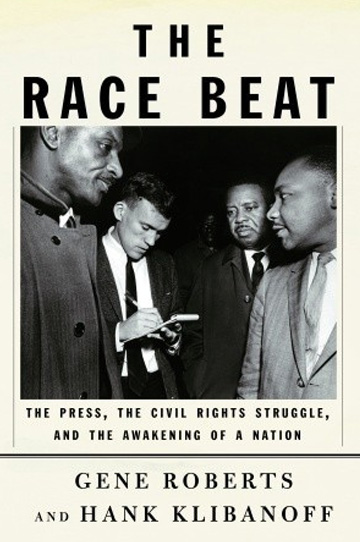
How the Press Learned to Cover Race
January 9, 2007 | Christian Science Monitor
Mainstream journalism in the US was late to the civil rights story – but powerful when it finally arrived.
Much is made these days of media “bias,” but history shows that “balance” has its limits. In 1959 a group of Southern editors, hoping to divert attention from racial violence in their states, badgered the Associated Press to pump up its coverage of the New York rape of a white girl by a black man. When the AP produced a standard 400-word crime-blotter piece, the editors were furious. Even though there was no evidence of racial motivation, they felt the story deserved the fuller coverage given to a recent gang rape of a black girl in Tallahassee by four white men. Fairness, they claimed, demanded equal time.
Those who are weary of today’s screeds, left and right, about “fair and balanced” news will be refreshed by The Race Beat: The Press, The Civil Rights Struggle, and the Awakening of a Nation, a sober, detailed analysis of the press’s coverage of the civil rights movement. The authors are veteran newsmen: Hank Klibanoff is the managing editor of news at the Atlanta Journal-Constitution and Gene Roberts, a one-time managing editor of The New York Times, is a journalism professor. They examined thousands of front pages, editorials, photographs, and news broadcasts to produce a smart and serious book.
Until the mid-1950s, the civil rights story was the exclusive scoop of the black press. The mainstream papers didn’t take an interest until the 1955 murder of Emmett Till, the 14-year-old Chicago boy who allegedly whistled at a white woman during a visit to Mississippi.
Some Southern papers counseled moderation in race matters, but others trumpeted the most unspeakable bigotry. The New York Times was the first national paper to set up a regional bureau in the South, but it sent the wrong man. John Popham hated to see his homeland take a beating in the press, so he avoided the race issue. Only later, when the Times replaced him with Claude Sitton, another Southerner but one who was unafraid of taking the race story head-on, did the paper begin to set the standard for covering the region.
Television journalism was perhaps even more powerful. When ABC interrupted its Sunday night movie, “Judgment at Nuremburg” with images of violence in Selma, Ala., the conscience of the nation was rocked. The juxtaposition, although a coincidence, could not be overlooked.
“The Race Beat” makes for steady, if occasionally dry, reading. The authors provide too much personal background about the editors they follow and could have delved more deeply into coverage by magazines other than Time and Newsweek. Also, too many photographs are of journalists rather than the arresting images they produced.
But at its best, “The Race Beat” reminds us of the potential of the press to serve as a powerful tool for democracy. Before the country could act, it needed information. Journalists provided it.